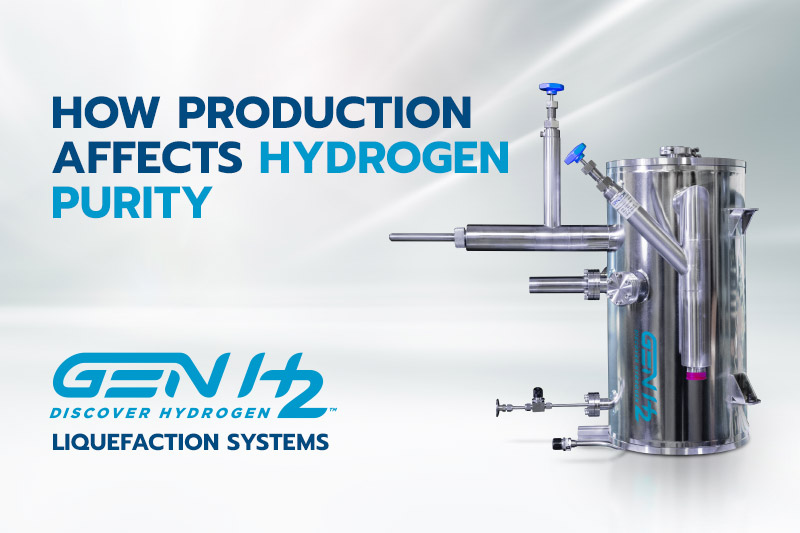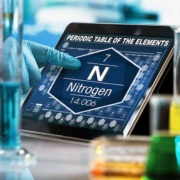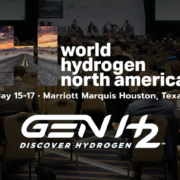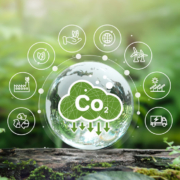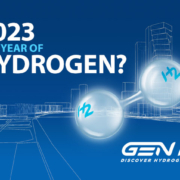How Production Affects Hydrogen Purity
By: GenH2 Staff
Read Time: 3 minutes
As hydrogen’s role in clean energy continues to grow, many methods of production are being developed to satisfy increasing demand. While trying to meet the growing need, the ultimate goal is to produce the cleanest hydrogen possible, however, the final quality can vary greatly based on the production process. Higher purity levels are ideal for raising the efficiency and lifespan of the machines being fueled.
Analyzing the material composition ratios in newly created hydrogen provides a means to measure hydrogen purity and ultimately measure the results of various production processes. Measuring the purity becomes key to identifying the best production process to meet specific end-use cases. Ideally, creating the cleanest hydrogen molecule is ideal, however, it may not be the best fit for every use case. In some cases, production methods are selected based on available resources or other limitations. For example, some methods require high amounts of electricity to create hydrogen and such methods may not work in extremely remote locations.
As previously stated, it is very important to understand the relationship between hydrogen production, purity, and end-use capabilities. It is also important to understand the various ways in which hydrogen is produced and the purity measurements used to fully harness its energy potential. The following information provides a high-level overview of some hydrogen production processes, the materials that affect purity, and the related purity measurements.
Most people are familiar with the ‘colors’ of hydrogen, especially the term Green Hydrogen. What most people don’t realize is that truly ‘green’ hydrogen must be created by naturally occurring renewable resources such as solar or wind. Additional colors such as Blue, Grey, Brown, or Black hydrogen are produced using thermochemical and chemical reactions using resources such as coal or natural gas. After hydrogen is produced, a process called ‘Pressure Swing Adsorption’ (PSA) can filter out other gases from the newly made hydrogen. When using PSA, hydrogen made with these methods can reach purity levels between 98% and 99.99%.
Another way to make hydrogen is through electrolysis, which uses electricity to separate it from the oxygen in water (H2O). Electrolysis has the highest potential to be eco-friendly compared to current production methods as it has the potential to be powered by green energy sources. Nuclear power is one option for the fueling process, allowing electrolysis to make both Green and Pink hydrogen. Electrolysis can create hydrogen at a level of high purity (over 99.999%).
An additional way to measure purity in newly created hydrogen is Carbon Intensity (CI). Carbon intensity measurement of production methods has an interesting outlook on hydrogen purity and is often considered to be more objective than colors. Defined as the amount of carbon emitted per unit of a product made, hydrogen generated with higher purity (such as with electrolysis) results in lower CI scores. This implies that processes that produce higher purity also tend to be more eco-friendly.
Regardless of how hydrogen is made, there is a process that can further increase purity called liquefaction. During liquefaction, the process liquefies hydrogen from a gaseous state so it can reach an ultrapure level (often over 99.9999%). For reference, 24-karat gold is only about 99.9% pure. Liquid hydrogen’s ultrapurity can be credited to its low temperature, as contaminants in its gaseous form freeze out before it liquefies. This means that with the help of liquefaction, all types of production can help us reach a future powered by ultrapure hydrogen.
To lead the way in the widespread adoption of ultrapure hydrogen, GenH2’s mission is to create infrastructure solutions for the liquid hydrogen value chain, focusing on light-scale liquefaction, storage, and transfer. These modular, scalable systems can accelerate widescale infrastructure rollout that will help increase accessibility to ultrapure hydrogen. To learn more about the purity and efficiency benefits of liquid hydrogen, see our blog post, Liquid Hydrogen Is The Key To Fuel Cell Efficiency!
